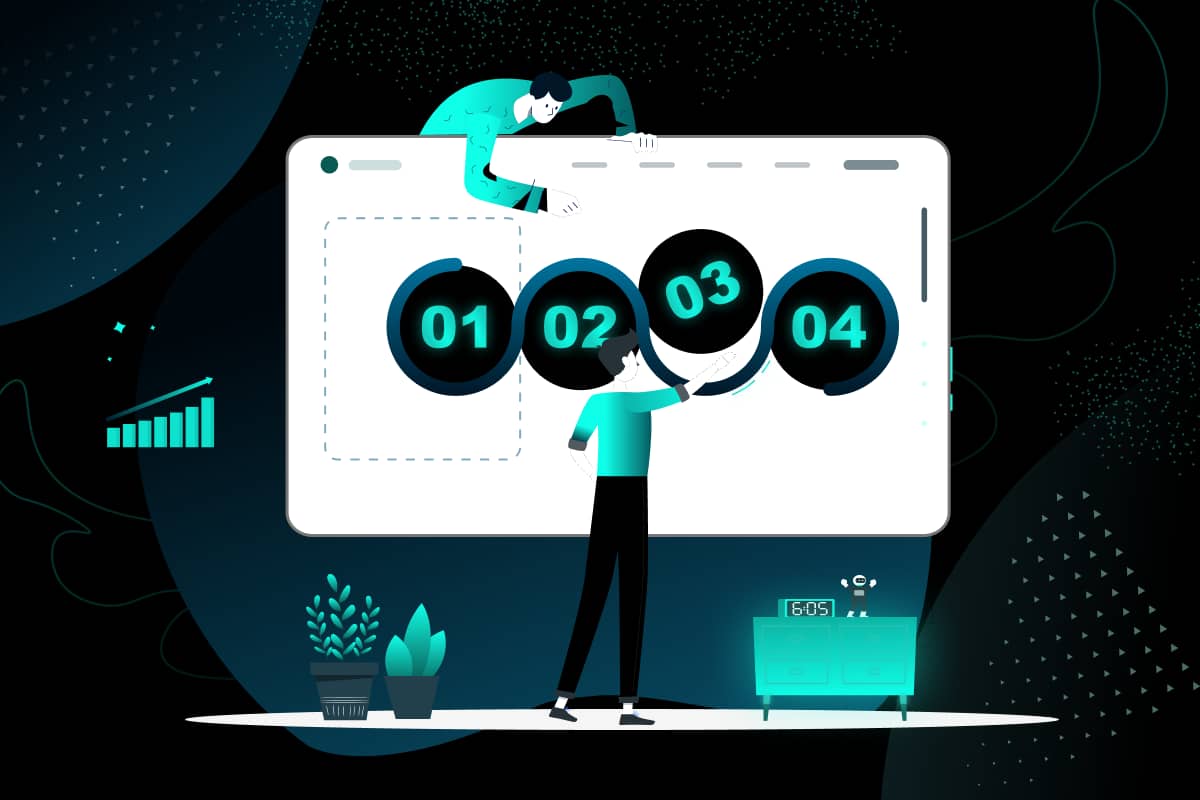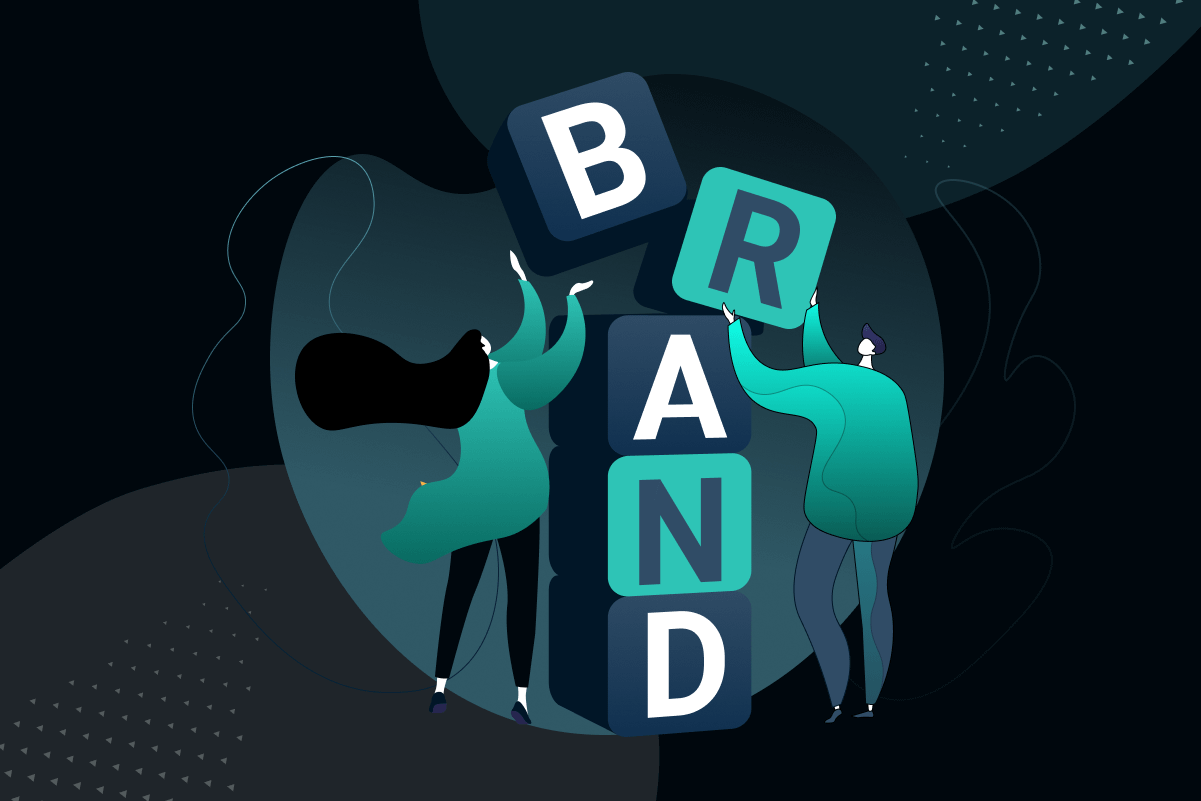The business value of UX design extends well beyond creating beautiful, user-friendly products. User Experience (UX) can be defined as a user’s overall experience while using a product, be it a website or application.
Easier to navigate and use, signifies a good UX design. Find it boring? It could be, UX design can bring value to your business in contemporary times.
Be it the food industry or advertising agency, UX design has become the threshold for any website or application before it’s launched.
However, people often think of it as a technical term, ought to ignore and launch the product without testing if it fits the criteria of a good UX Design.
Thus, it can badly impact their business activities or incur losses in the worst-case scenario. Thereby, it becomes essential to design something keeping the guidelines of UX Design.
90% of users have stated they leave a website or stop using an app if it has a poor performance, such is the business value of UX design.
So, let’s take a deep dive into the business value of UX design to help your company grow.
Why is Good UX Important?
When a user visits an application or a website, the importance of UX design can be seen best when it successfully meets the user’s needs. It basically seeks to satisfy the user’s need by giving them a satisfying experience all around.
This enables you to make sure a customer sticks with your brand and returns frequently.
Such is the business value of UX that allows you to state user journeys and furthermore discover the most favorable and profitable one.
UX Experience Meets Business Value
When functioning digitally, your design solution and strategy should collaborate to help the organization reach a shared business objective. You must first know the answer to the most crucial question, “What do I want to accomplish with my application or website?”
Customer-centricity and a greater emphasis on user demands are at the heart of user experience. After all, offering users the solutions they adore is what you wish to do.
It describes the business value of UX design someplace. But despite the concept of the importance of UX design being so clear, most companies do not wish to give their customers a positive user experience. They do it because they want to run a successful and effective business.
They only care about commercial outcomes, even if they decide to invest in user experience. These organizations ultimately consider what is best for their industry.
The business value of UX design
One way to measure the business value of UX design is to consider the business impact. There is a wealth of compelling data out there, so let’s review some of the most impressive complex numbers.
- On average, every $1 invested in UX brings a return of $100. That’s an impressive ROI of 9,900% (Source: Spiralytics)
- A well-designed user interface can increase the conversion rate of your website by up to 200% (Source: Forrester Research)
- Improving the UX design of a website can enable a business to achieve a conversion rate as high as 400% (Source: Forrester Research)
- 66% of customers are willing to pay more for a great experience (Source: Salesforce)
- 84% of customers say the overall experience a company provides is just as important as its products and services (Source: Salesforce)
- 72% of customers will tell 6 other people about a good user experience they had. This is excellent for brand reputation and winning new customers (Source: Spiralytics)
From these stats, it’s clear that the business value of UX design is directly reflected in key metrics.
Well, now that we have discussed the extremist position of poor UX Design, Wilson Wings is here to convey the business value of UX design.
1. Generate Revenue
According to research, 62% of companies could get more sales due to a responsive mobile interface. To explain it better, if the user can navigate through the pages correctly, search what they are looking and has more accessible access to the products and services.
The search factor depends on questions such as:
i. How easy is it to move from one page to another?
ii. How long does it take for the page to load?
iii. Does video play quickly?
iv. Are photos loaded quickly?
v. Does the background color of the website complement the overall elements?
vi. Is the text readable and understandable for the customer?
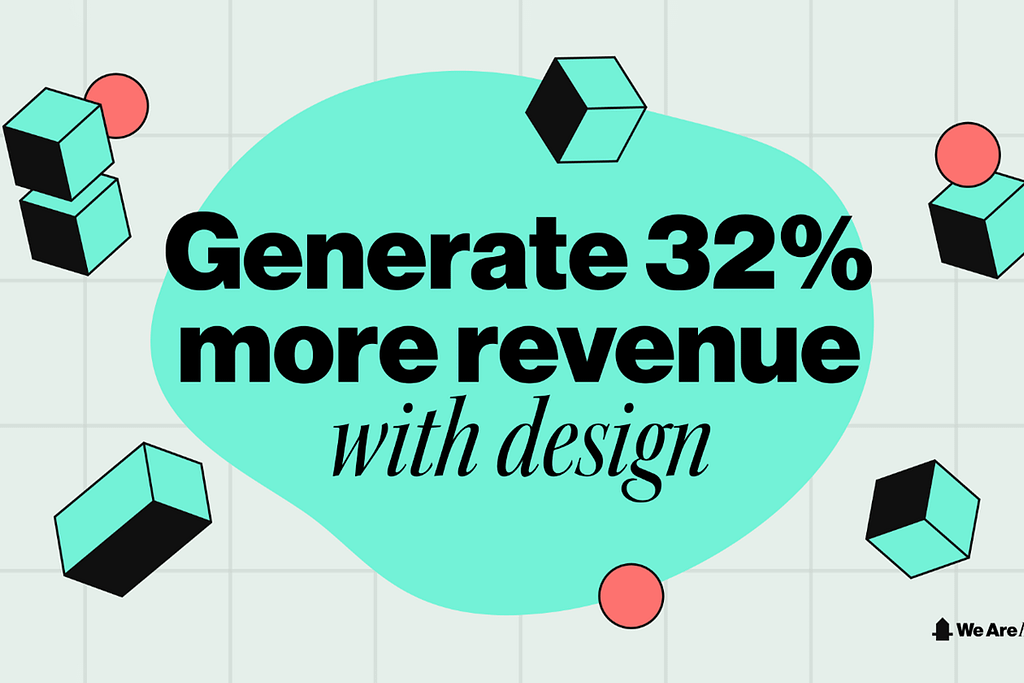
All these factors play a role together in a circle and present it to the customer. Further, this conveys the seriousness and creativity of the brand.
This creates a user-friendly experience, maximizes the business value of UX design, and compels the customer to buy the product and services.
2. Increases Brand Loyalty
Brand trust is the first and foremost step for any brand to prosper. It tells that whenever a new product/service is launched in the market, they have a certain number of people who will buy it.
Further, it conveys that the customer doesn’t question the quality of the product, and even if something goes out of hand, the company will handle them.
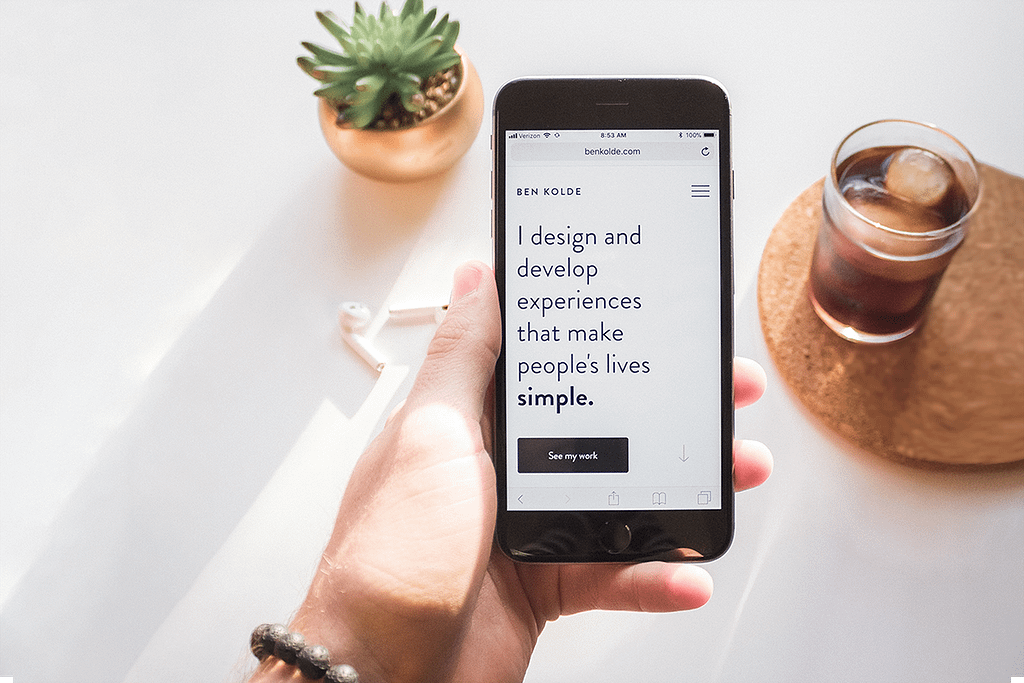
How can the business value of UX achieve brand loyalty?
The answer is simple.
Most companies have a website and support system within it. This acts as a communication bridge between the companies and the customer, where they can share their opinions and problems with the brand.
The only way they can do it is if the customer can easily navigate and reach the destination. While social media and online advertising channels are present, the website is the best mode of communication with the audience.
Moreover, compared to the competitors, if the application/website is easy and convenient to use, the customer will continue using them. They can retain the website and come back again and again to make their purchases.
Suppose the company does not focus on the optimal implementation of the UX design on their website or application through themselves or an agency. In that case, they lose out on customers and Revenue.
Better User Experience Design converts to a more robust customer experience.
3. Reduces Development Costs in Future
The first stepping stone for great UX Design is the development stage. To start with the development, one has to research—a lot of research on the present UX design available on the network has to be done, including demographic needs the brand is targeting, conditions of the consumer, and so more.
This will aid in developing a plan for what has to be included in your brand website/application, which sets it apart from the rest of the competitors.
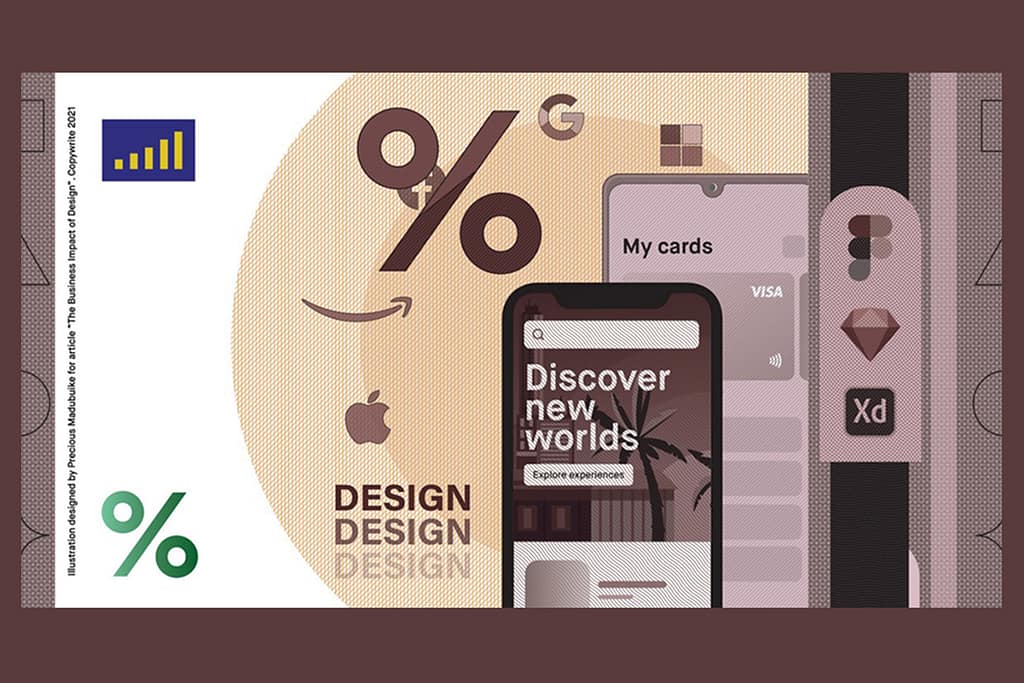
Another factor that has to be taken care of is conducting user testing before launching. This will contribute to analyzing how users interact with the website and what bugs are coming up in the design.
The mistakes can be rectified before launching, and the development cost can be reduced. The reason behind this is that correcting errors before development is cheaper compared to when it’s released. Also, the price in the form of customer loyalty is maintained.
For example, if the launched website doesn’t have a good UX design, it may cause the brand to lose out on potential customers. Even if you correct it later, the customer may not readily believe and trust the brand.
To smooth out the process, prototyping becomes essential to proceed further. For that, the brand can run a user test or have an in-depth interview with the users to understand their real needs.
However, the brand has to make sure that they are not direct with the questions but rather cunning and ask indirect questions to understand the psychological makeup of the user. The arrived result will explain the business value of UX design.
4. Increase word-of-mouth referrals
If the first three functions are done successfully, and the business can achieve brand loyalty, then word of mouth becomes an added benefit. It is a marketing technique where loyal customers tell their family, friends, workers, and near dear about the brand and its features.
According to a study, people tend to prefer the opinions of their close ones and then interact with the brand and put it into the social network.

Further, this is also strengthened by online reviews and ratings. Therefore, the searcher can be directed to the business, be impressed with the UX design, and make their purchases in any form.
5. Boosting Conversion Leads
The website user experience is connected to their satisfaction, brand perception, and conversion rates. If the customer has an unpleasant experience, they will likely bounce back to the search engine and look for another website.
Thus, if your bounce rate increases with each passing day, you need to revamp your UX design which can bring value to your business.
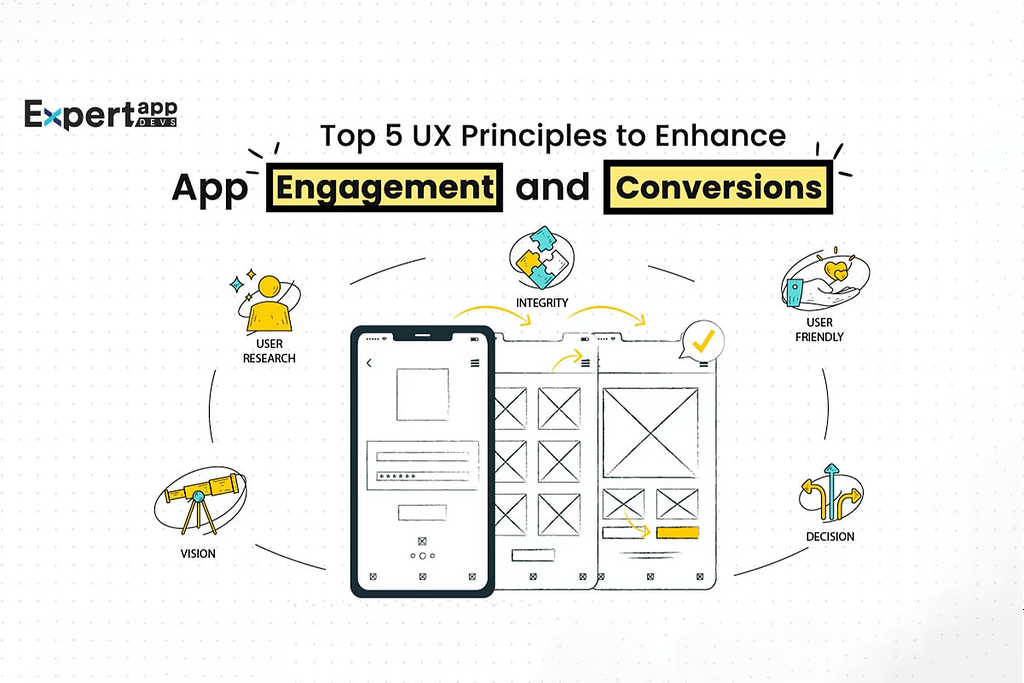
As already, the main focus of any business is to convert visitors into permanent clients. Thereby, the company must have a user-friendly interface. The conversion leads to various factors.
Firstly, according to research, more than text, 70% of people are impressed with the inclusion of photos and videos in the design. While incorporating the video is the first step, the second and essential step is how fast the video starts playing once the customer clicks on the play button.
If it takes a lot of time to load, a customer tends to leave and jump to another website. Similarly, while loading pictures, if the image comes within seconds, this will force the customer onto the website and navigate further.
All these factors play together to ensure a call to action is being used. To ensure it happens throughout, a business must look at the UX design regularly, monitor any problems, and fix them.
That’s where Wilson Wings comes into the picture and offers its services on creating UX design that can bring the business value of UX. Internationally trusted agency to make your brand and company known by everyone, Wilson Wings adds a personal touch to every website they create to make you rise higher in the market.



